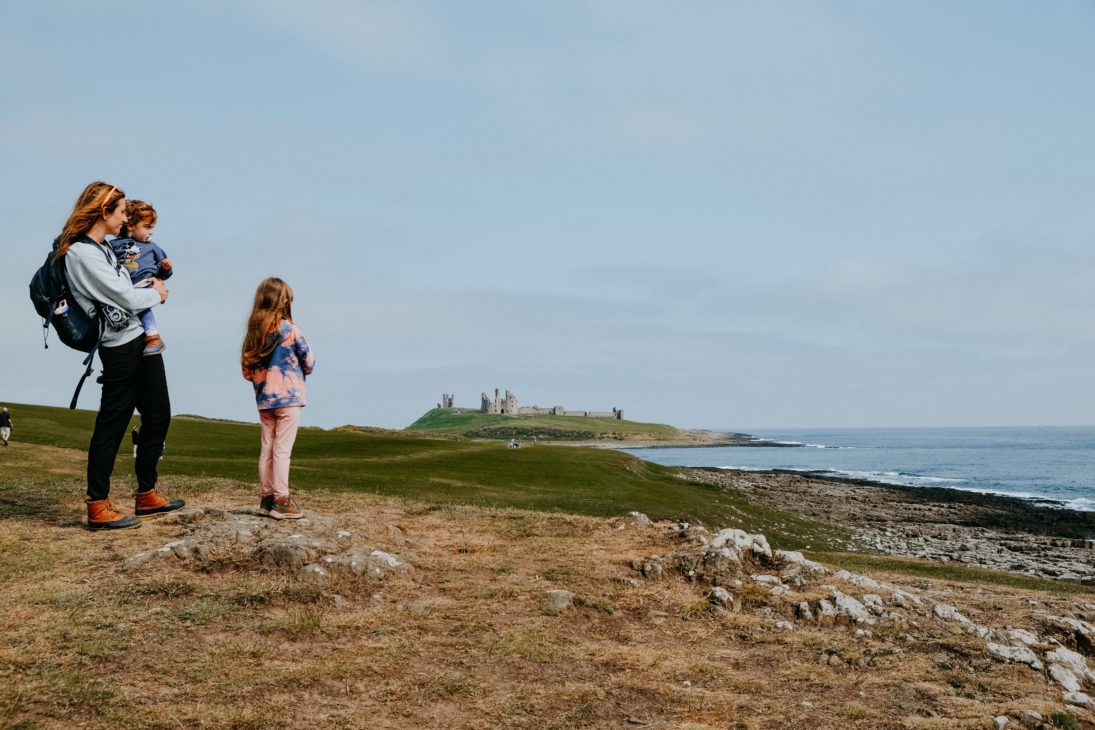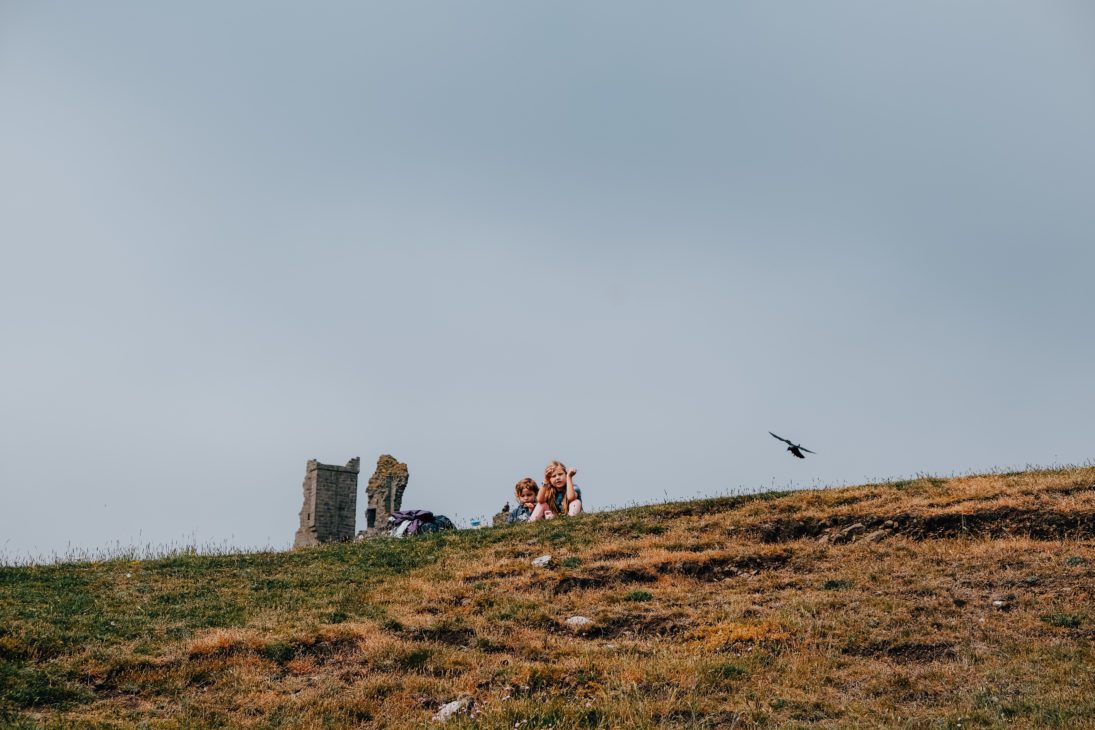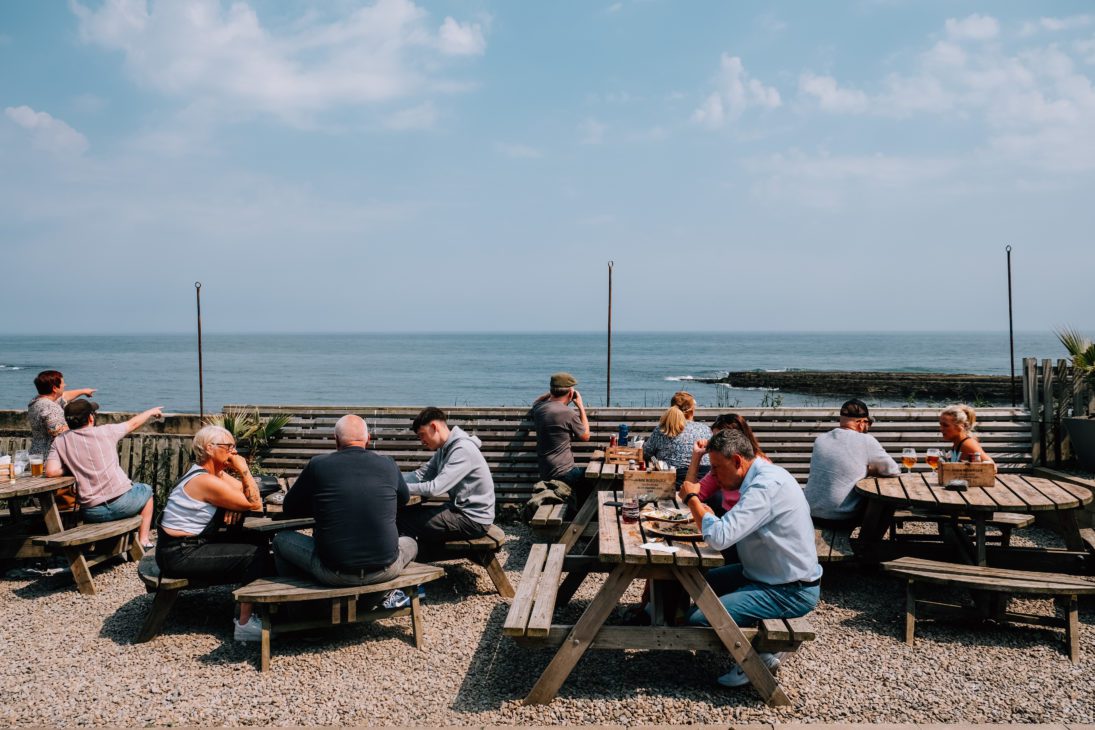On the northeast coast of England, just 25 miles south of the Scottish border, stands the ruins of a 14th-century castle that was built as a big “F* You” to the King of England.
Earl Thomas of Lancaster was an incredibly powerful guy in the age of King Edward II—and also happened to be cousins with the ruling monarch. He owned an immense amount of land, was the 2nd richest man in the country, and… led a group of barons that openly opposed the King. Construction on Dunstanburgh Castle began in 1313; it may have intended to be a fortress of defense should military forces come after him, but, most likely, it was built as a symbol of his wealth and power, a challenge to the King.
As one may expect, an open rebellion against the King of England probably will not end well—and that’s how it went for Earl Thomas. His campaign failed, and he tried to retreat to his castle (that he’d only actually seen once); but the Earl was captured and executed, and his grand Dunstanburgh Castle fell into the hands of his royal nemesis. In the following decades, it served as a useful fortress of protection from Scottish invasion and saw a fair amount of action during the War of the Roses. By the 16th century, it was in significant disrepair and much of the land was reverted to agriculture. Ownership went into private hands, many times over, throughout the next four centuries, and in 1961, the castle was passed into the hands of the National Trust.
The castle ruins still hold a commanding presence on the Northumberland Coast. Farmland stretches far to its west, and dramatic sea cliffs border to the east. You can access by a 1.3-mile walking path from the nearby fishing village of Craster. On arrival, you can pay to enter the castle (no dogs allowed), or opt for a rest near the cliff’s edge overlooking the sea. You can continue the walk past the castle, towards the quiet beaches of Embleton Bay, or head back to Craster and enjoy a stroll through the village and a pint and bite at the The Jolly Fisherman.
It’s an easy walk, even for little legs, and the scenery is just breathtaking. For many walkers we passed, this route appeared to be part of a routine, or at least a frequented outing. I was jealous—it would be a stunning walk in every season of the year. Though my daughters complained nearly nonstop—as 5- and 2-year-olds do—it remains one of my most favorite outings from our whole trip.
Source: English Heritage | History of Dunstanburgh Castle










PIN IT!


